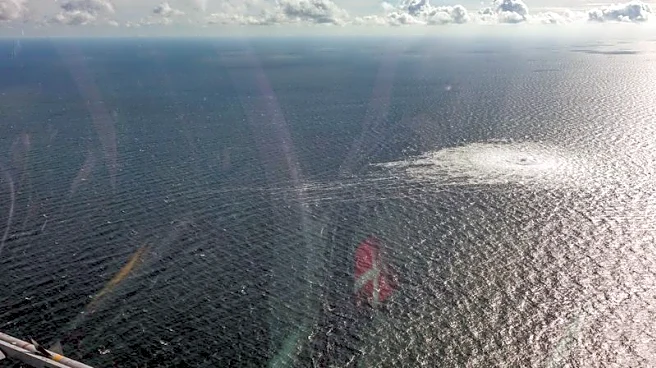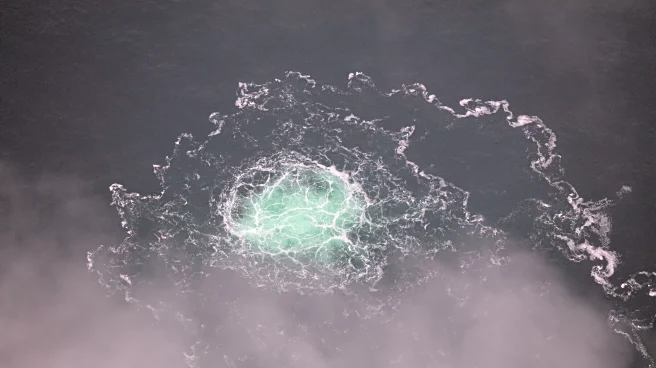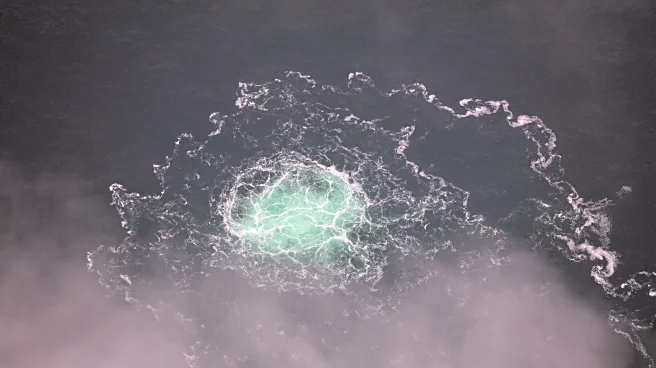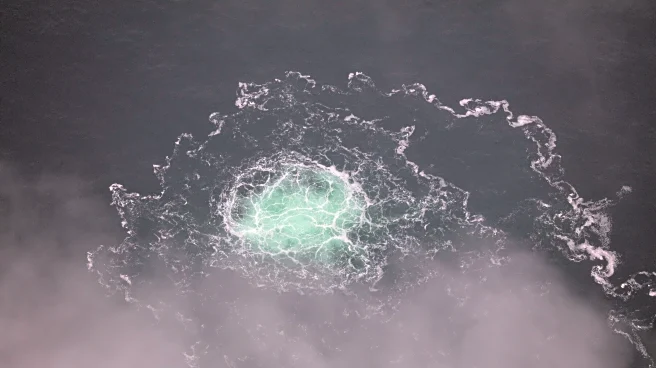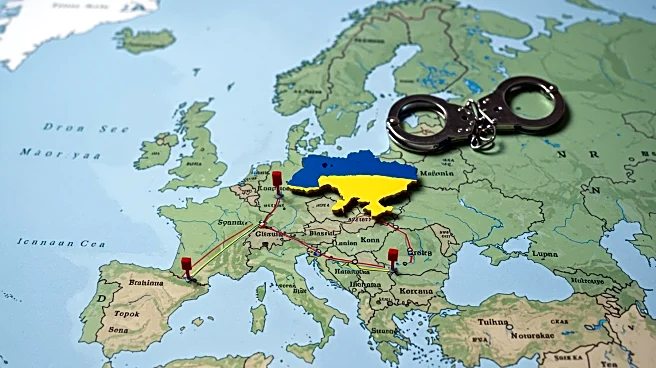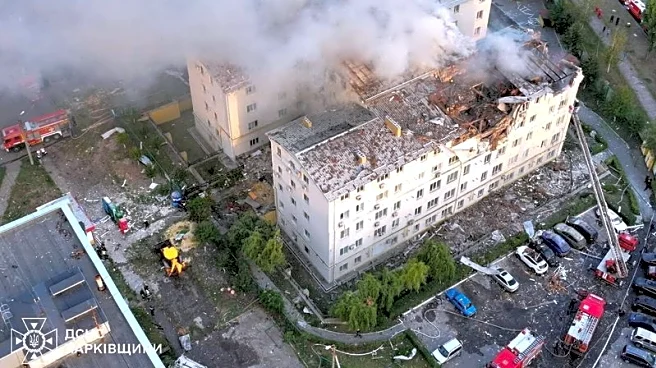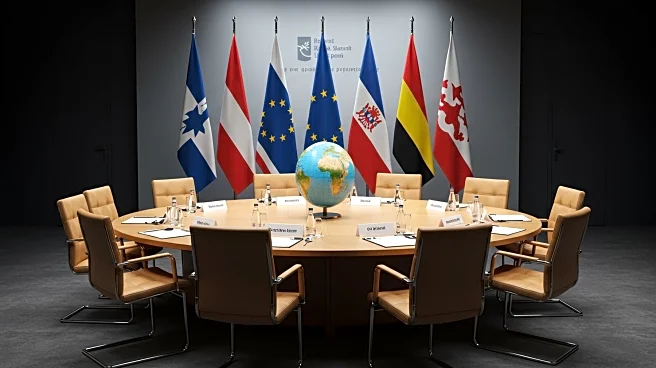By Nerijus Adomaitis and Johan Ahlander
OSLO (Reuters) - Italian police have arrested a Ukrainian man suspected of coordinating the attacks on the Nord Stream gas pipelines in 2022, German prosecutors said on Thursday.
The arrest is the first significant breakthrough in the investigation of mysterious underwater explosions that occurred in September 2022 in the Baltic Sea.
Here is what we know about the blasts:
WHAT IS NORD STREAM?
Nord Stream system consists of two double pipelines, Nord Stream 1 (NS1)
and Nord Stream 2 (NS2), built by Russia's state-controlled Gazprom to deliver up to 110 billion cubic metres (bcm) of gas annually across the Baltic Sea to Germany.
The four concrete-coated steel pipelines of about 1,200 km (750 miles) in length and more than 1 meter in diameter lay at a depth of around 80-110 m.
NS1 came on stream in 2012. NS2 was completed in September 2021 and filled with gas, but has never been commissioned.
Germany cancelled its approval process days before Russia's invasion of Ukraine on February 24, 2022, which put Europe's reliance on Russian natural gas in the political spotlight.
HOW WERE THE PIPELINES DAMAGED?
On Sept. 26, 2022, Swedish seismologists registered several blasts, some 17 hours apart, off the Danish island of Bornholm that ruptured three of the four NS pipelines, sending plumes of methane into the atmosphere.
Gazprom said about 800 million cubic metres of gas, equivalent to about three months of Danish gas supplies, had escaped. It took several days for the gas to stop leaking.
Only one pipeline of the four, part of NS2, remains intact. In January, Denmark granted permission to conduct preservation work on it, but it is unclear whether any work has taken place.
Western companies which had stakes or financed construction of the pipelines, such as E.ON and Shell, have written off all their investments since the explosions.
WHO WAS BEHIND THE EXPLOSIONS?
No one has taken responsibility.
Denmark and Sweden concluded it was an act of sabotage, but closed their investigations in February 2024 without identifying any suspects.
Investigations by Western media, including the New York Times and the Wall Street Journal, said a pro-Ukrainian group was behind the attack.
German prosecutors identified the suspect arrested in Italy only as Serhii K., and said he was part of a group of people who planted devices on the pipelines near Bornholm.
He and his accomplices had set off from Rostock on Germany's north-eastern coast in a rented sailing yacht to carry out the attack, the prosecutors said.
Germany's Der Spiegel magazine and ZDF TV broadcaster have previously reported that a group of six people - five men and one woman - were on the yacht that left Rostock on September 6 and returned on September 23, 2022.
The boat, called Andromeda, was spotted at a small Danish island of Christianso, near the explosion sites, at the Swedish port of Sandhamn and at a marina in Kolobrzeg, Poland, before returning to Germany.
German investigators, who raided the yacht in January 2023, found on board traces of the same explosives as discovered by Sweden at the explosion sites, German media reported.
Germany told the United Nations that it believed trained divers could have attached devices to the pipelines at a depth of about 70 to 80 metres (230-262 ft).
German media also reported that Berlin had issued a European arrest warrant in 2024 against a Ukrainian diving instructor, identified as Volodymyr Z, in connection with the attacks.
The suspect, who lived in Poland at that time, later left for Ukraine, Polish prosecutors said. They also said there was no evidence to suggest that Poland was used as a hub for the attacks.
WHAT DID WESTERN INTELLIGENCE KNOW ABOUT THE ATTACK?
A day after the explosions, on September 27, 2022, Der Spiegel reported that the CIA had warned Germany in summer 2022 about possible attacks on Baltic Sea pipelines.
The Washington Post, citing leaked information posted online, wrote in June 2023 that the United States had learned of a Ukrainian plan to attack the Nord Stream natural gas pipelines three months before they were damaged.
The intelligence report was based on information provided by a source in Ukraine, the Post said, adding the CIA shared it with Germany and other European countries in June 2022.
Dutch national broadcaster NOS reported the same month that the tip came from the Dutch military intelligence agency MIVD.
According to the Post, the CIA relayed to Ukraine's then Commander-in-Chief General Valeriy Zaluzhnyi through an intermediary that Washington opposed such an operation.
Reuters was unable to verify the reports independently.
(Reporting by Nerijus Adomaitis in Oslo and Johan Ahlander in Stockholm; Editing by Gareth Jones)
